In 1905, gold was discovered in the Seven Troughs mountain range which is located deep in the Northern Nevada desert. By 1907, miners from Tonopah and Goldfield flocked to the area after an assays of $100,000 a ton was revealed and a town bearing the name of the range it resided in was established. Before the end of the year, over 350 people, a post office, several stores and saloons inhabited Seven Troughs. Even after a deadly flash flood killed 8 people and destroyed most of the town and surrounding camps in 1912, the town continued to proper for the better part of 10 years as it produced approximately $2 million in gold. By 1918, the gold veins began to play out and efforts to drain and haul ore started a rapid decline in population. To help address these issues, the Nevada State Mining Co. decided to dig a 2.5 mile tunnel through the mountain and, in spite of the discovery of several gold veins, boring was ultimately ceased in 1934 after wet rock caused the cost of continuing to become unviable. While the town of Seven Troughs and it's surrounding camps, Vernon and Mazuma were abandoned by the 1930's, small scale mining in the area continued on and off well into the 1950's and man named Art lived in the neighboring town of Tunnel (the one established for the boring of the 2.5 mile tunnel through the mountain) until his passing in the late 1990's.
Back in the middle of July, Cindy and I decided to make a trip to explore what is left of this remote and relatively well preserved mining district. From there, we headed north to a major cross road in the Emigrant Trail known as Rabbithole Springs before making our way east back to civilization. I hope you enjoy.
Leaving South Lake Tahoe, we made our first stop over at the east end of Carson City where we found this really BIG "bug"...
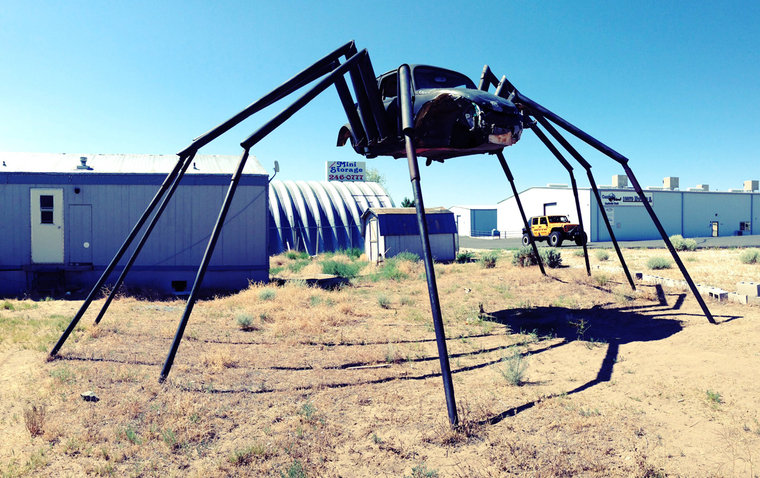
Pulling off the interstate to hook up on the California Emigrant Trail...
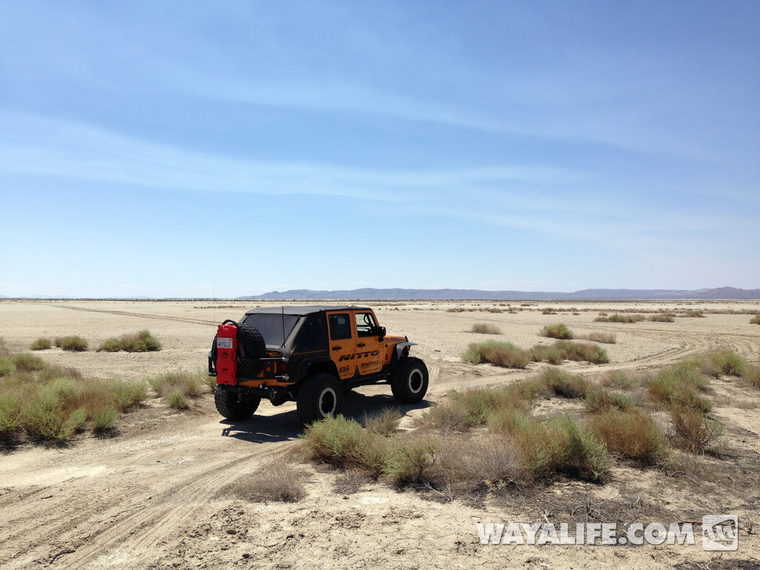
Made a stop to check out a historical marker and was disappointed to see it had been vandalized and removed...

Heading further north and away from civilization...

Some curious locals came out to check us out from afar...

Making a stop at a local watering hole...
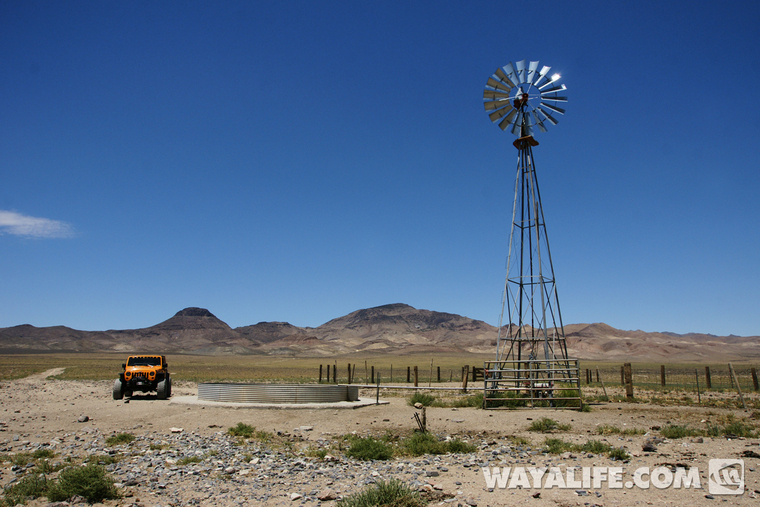
Straight out of the ground, nice and cold...
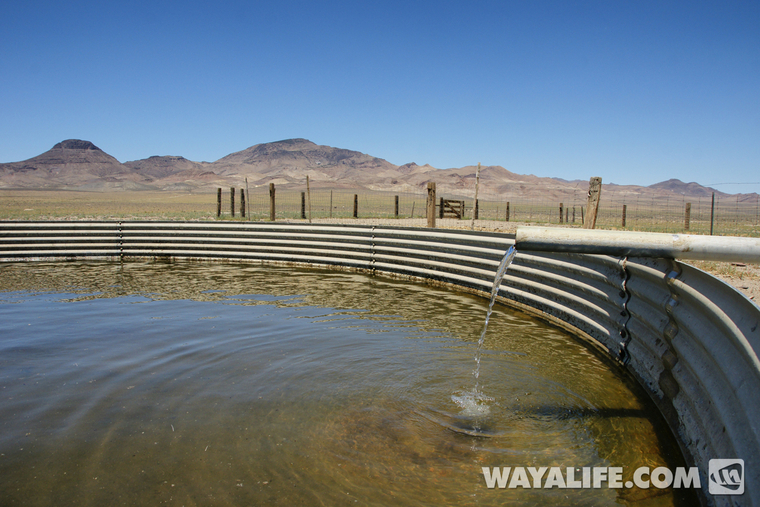
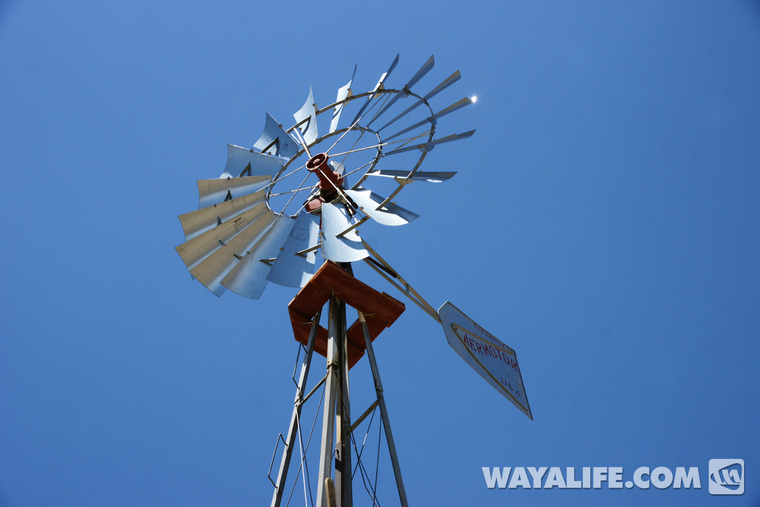
Heading up into the Seven Troughs Range...
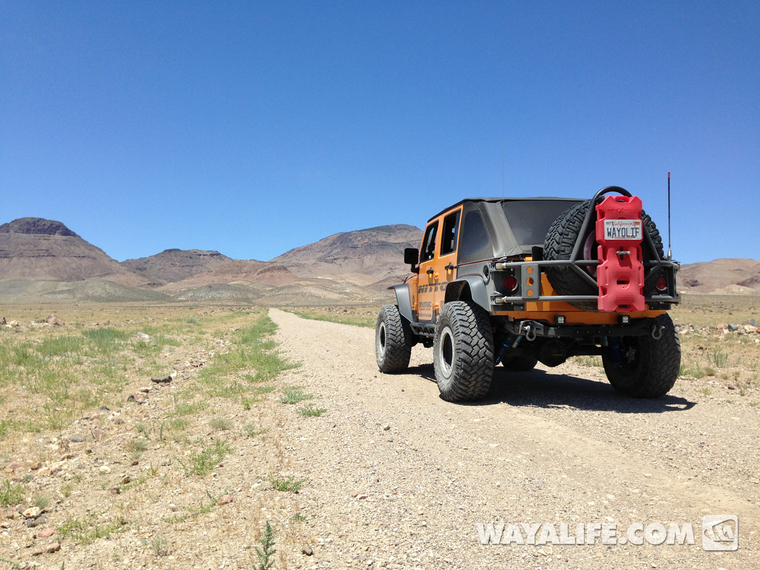
The first stop we made was over at the old town site of Vernon. Established in 1905 and used to serve as a base for mines in the mining district, this was once a busy spot with hundreds of people living here. Today, all that remains are the remnants of the walls that once made up the 2-cell jail that once stood here. Sadly, vandals blew up the rest of it some years ago...
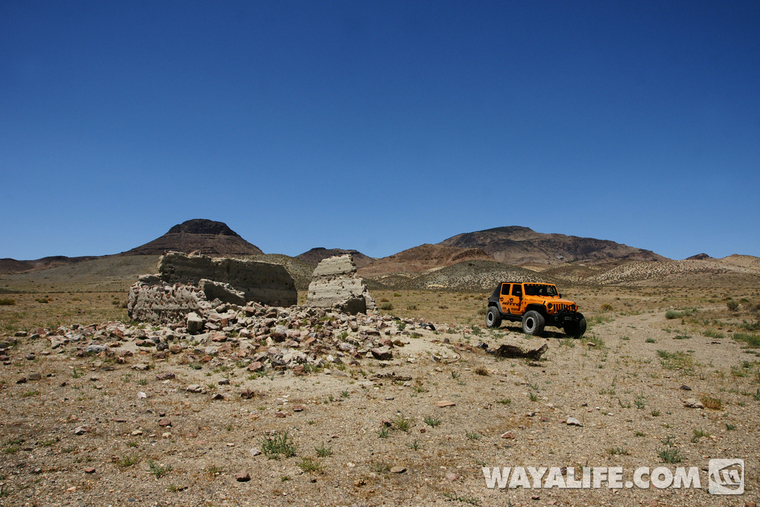
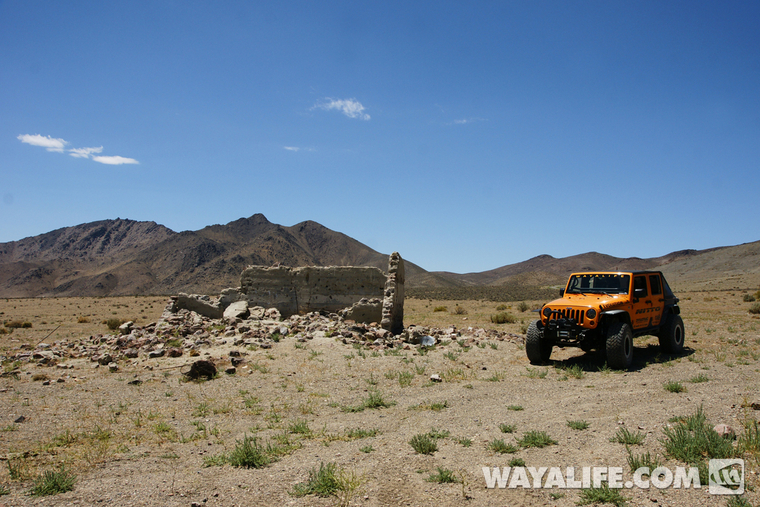
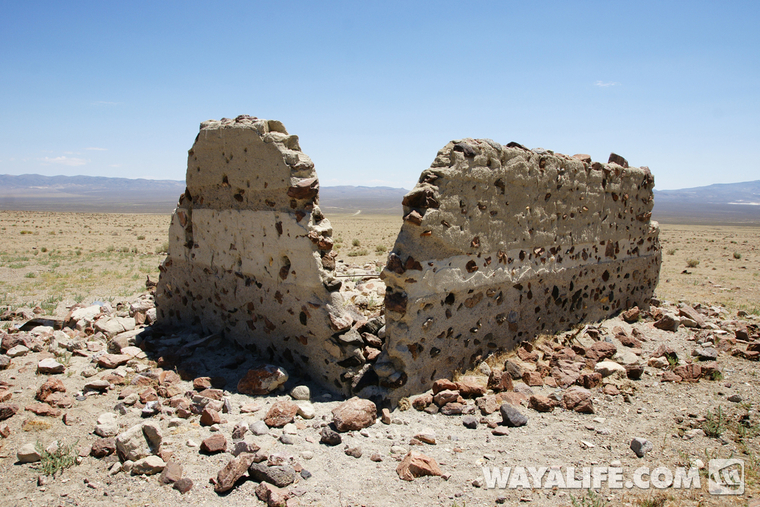
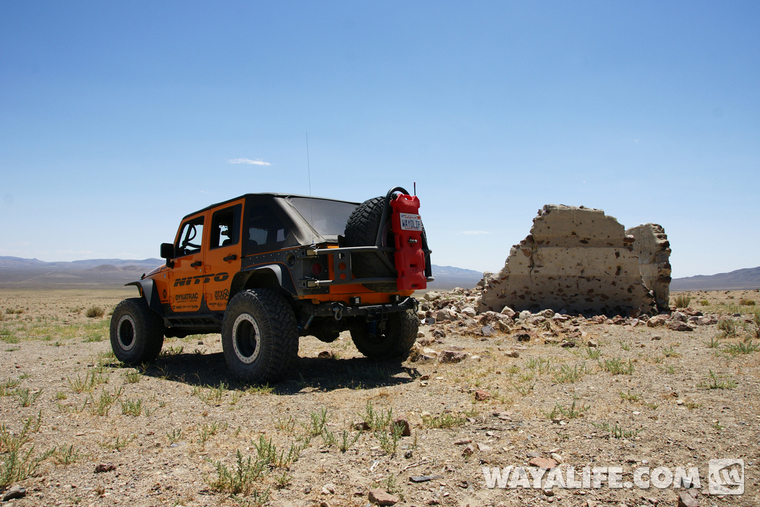
Up in the hills, we decided to explore some of the old mines in the immediate area...
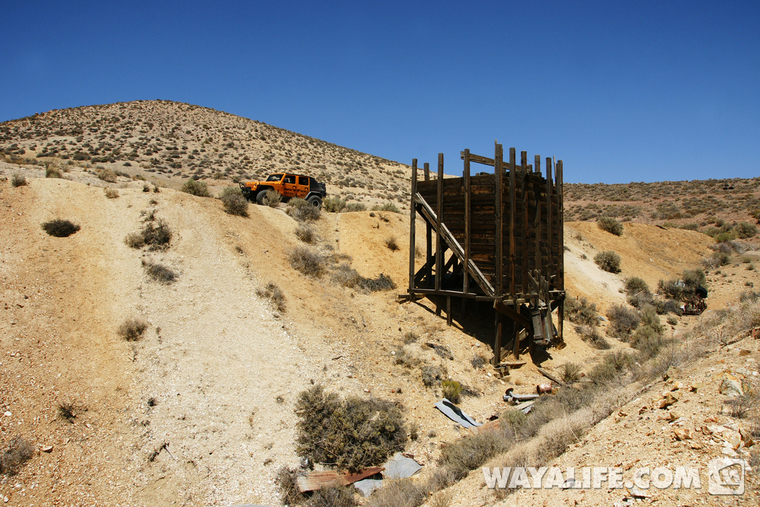
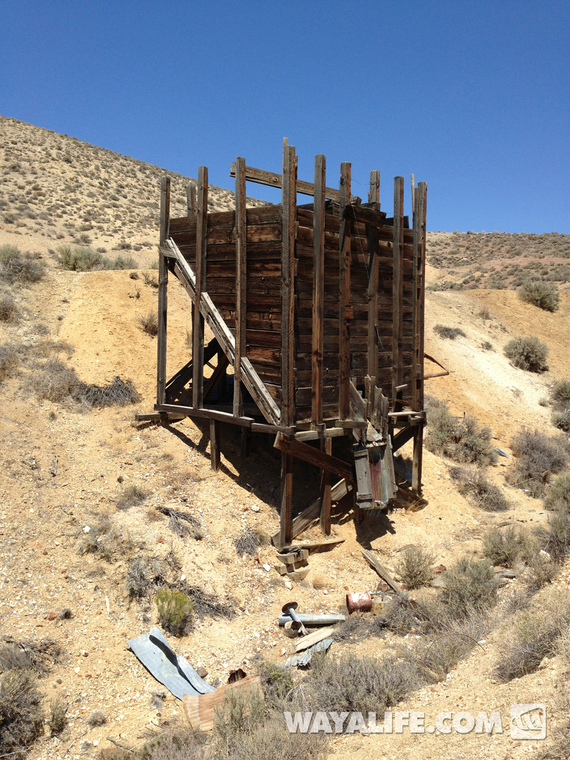
Further north, we made our way up to the old town of Tunnel...
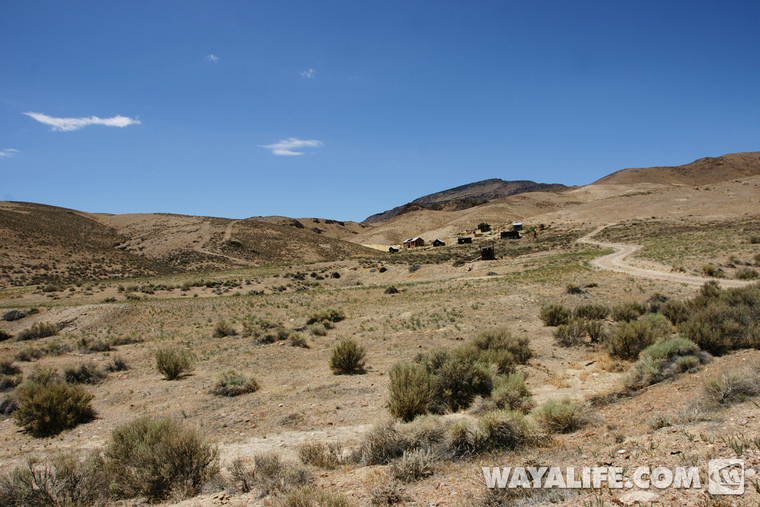

While there used to be more here and in better shape, we were surprised at how many buildings and structures were still standing...
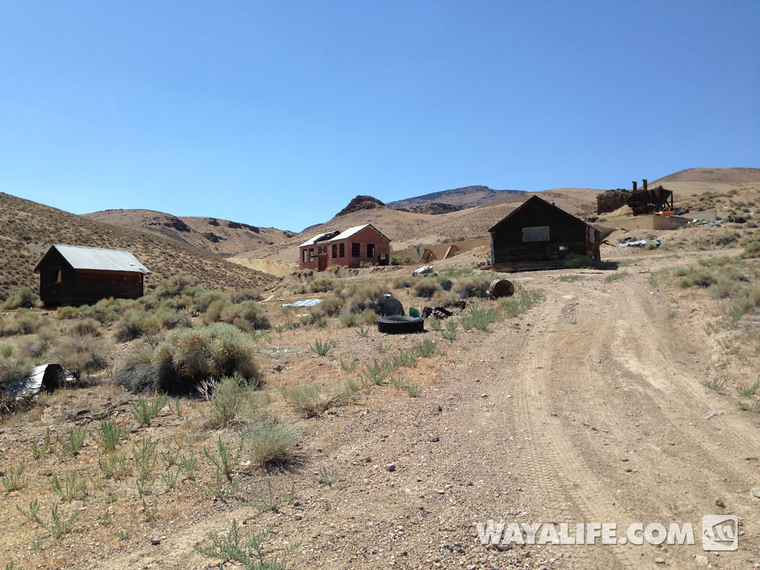
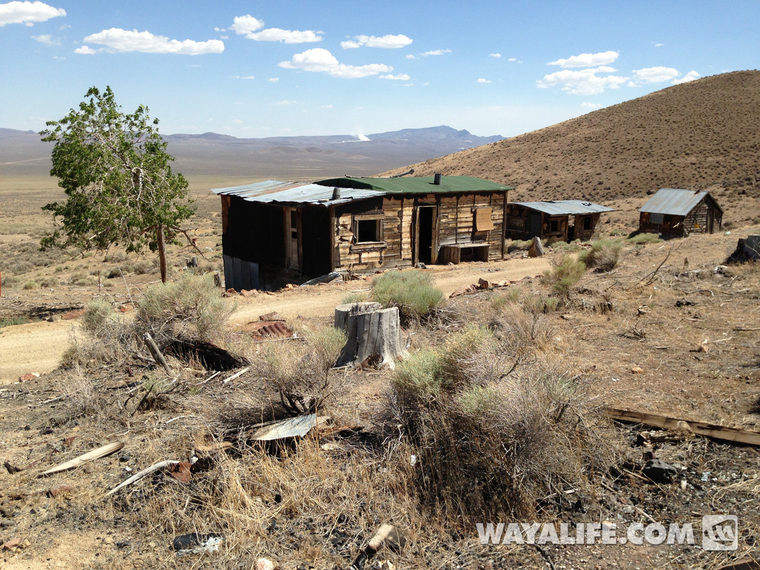
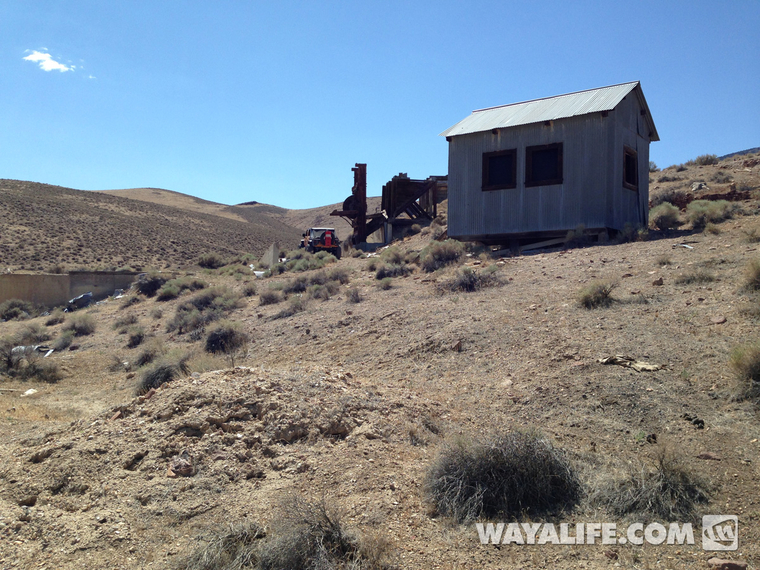

One of two 5-stamp mills that is still present and amazingly intact...
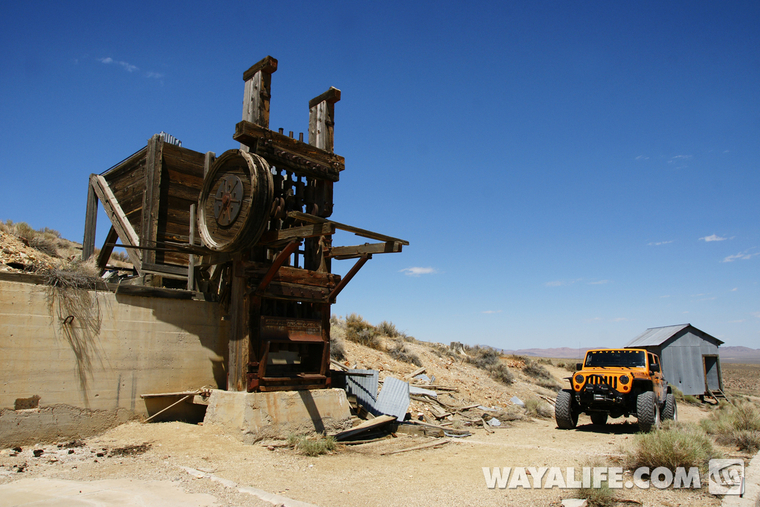
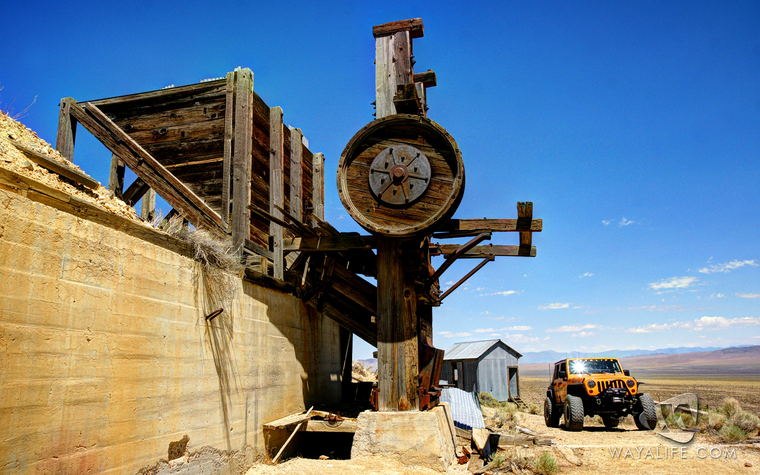
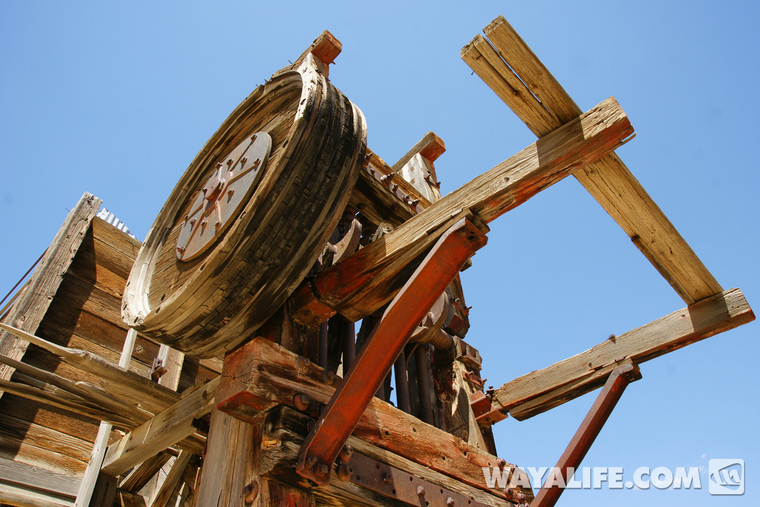
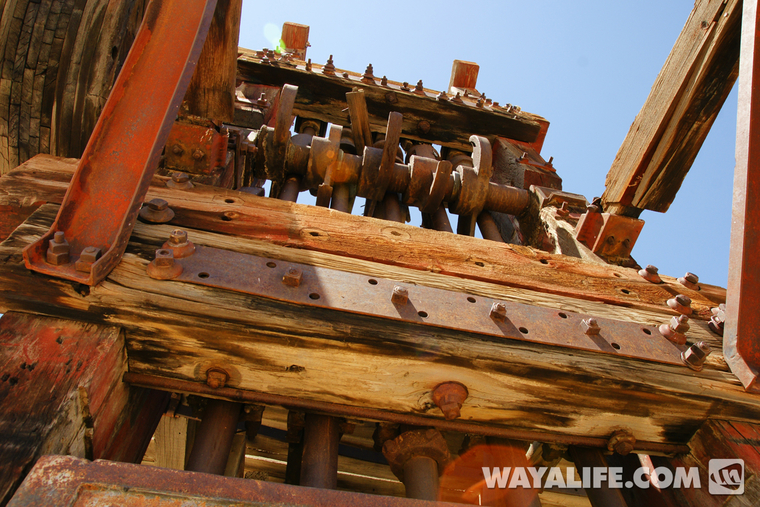
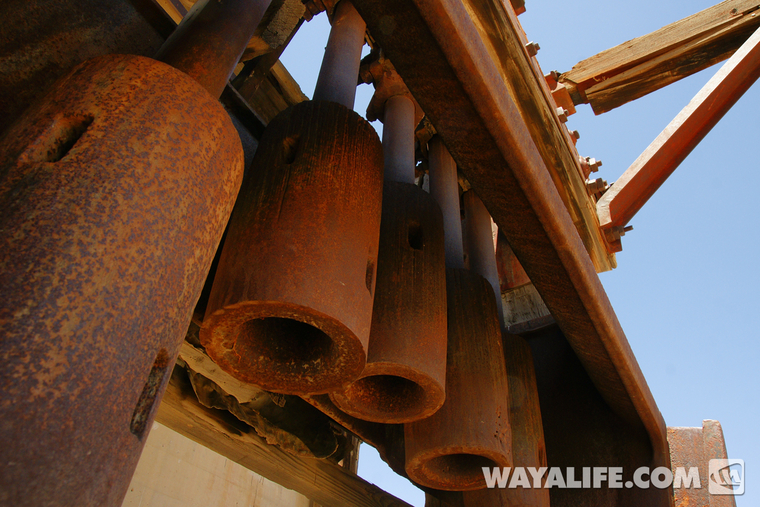
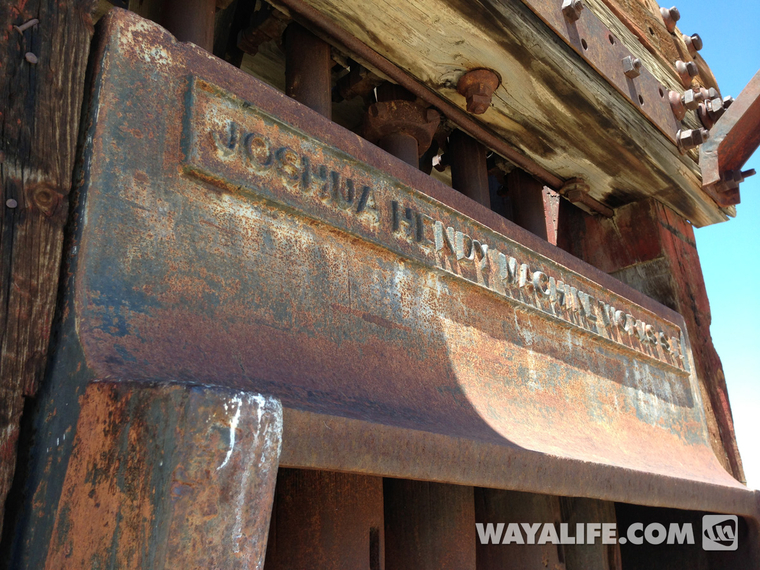
Exploring the rest of the extensive mill site...
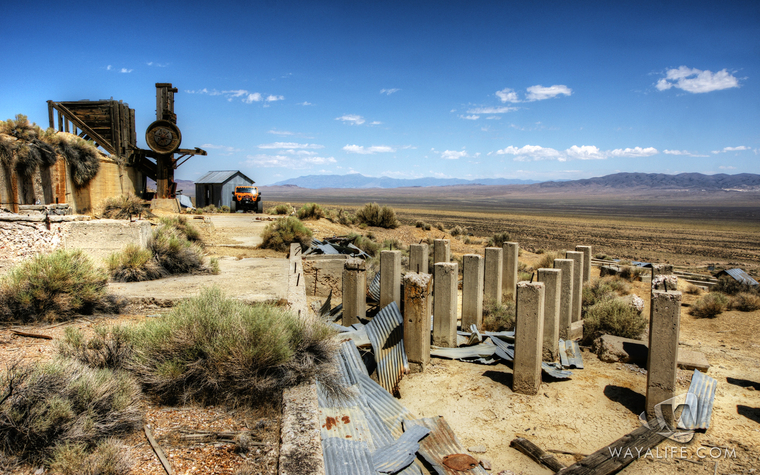
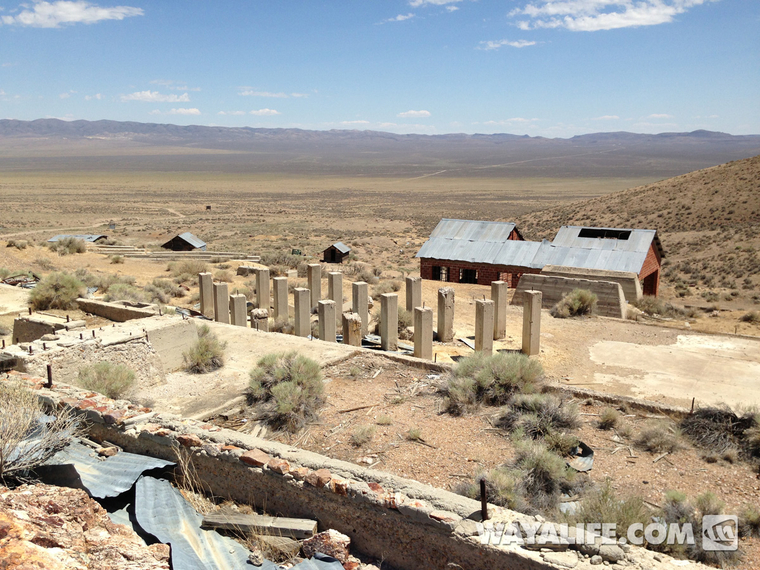
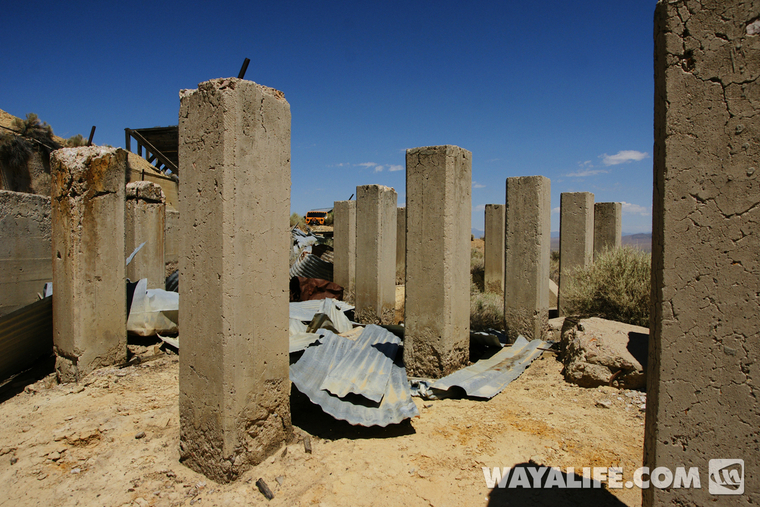
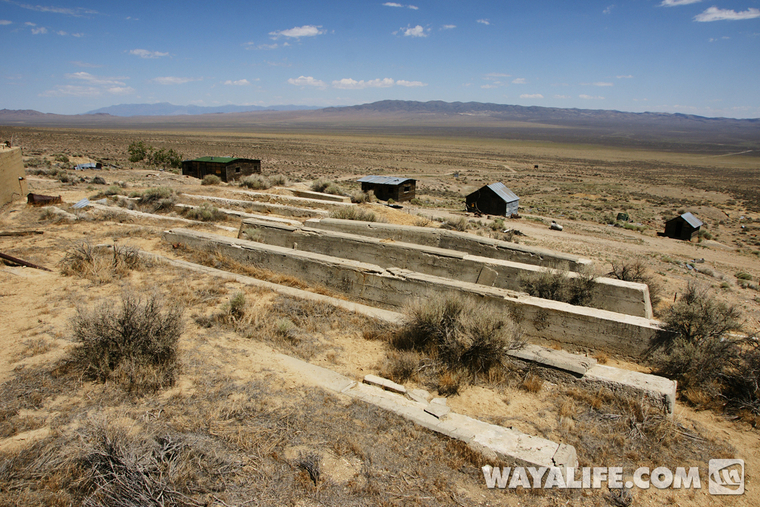
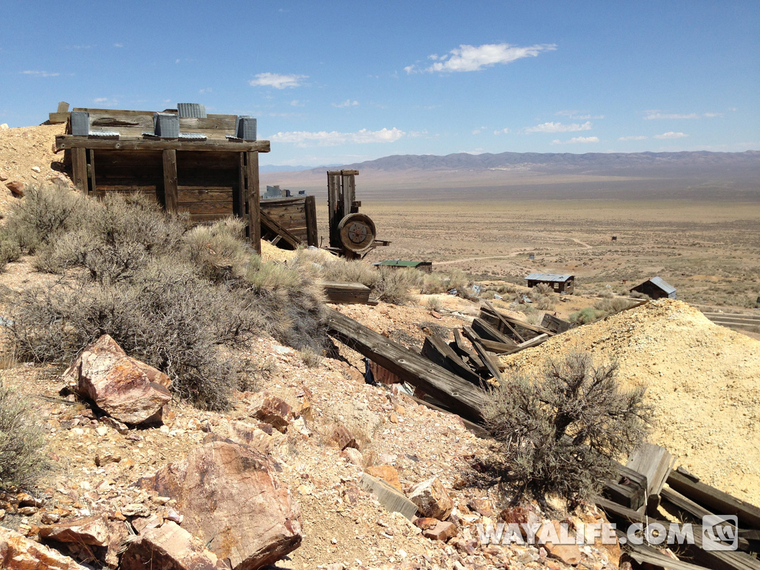
Looking up the canyon toward the tunnel dig and mine tailings...
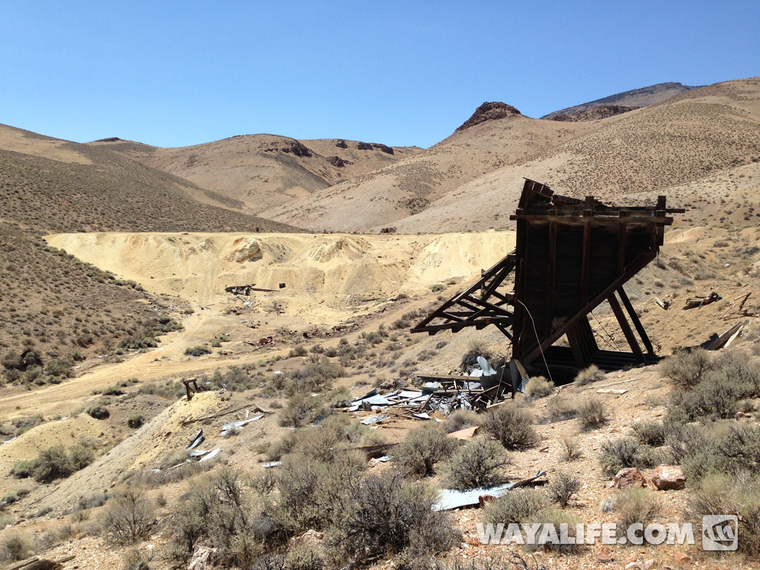
Enormous hopper and collapsed shed...

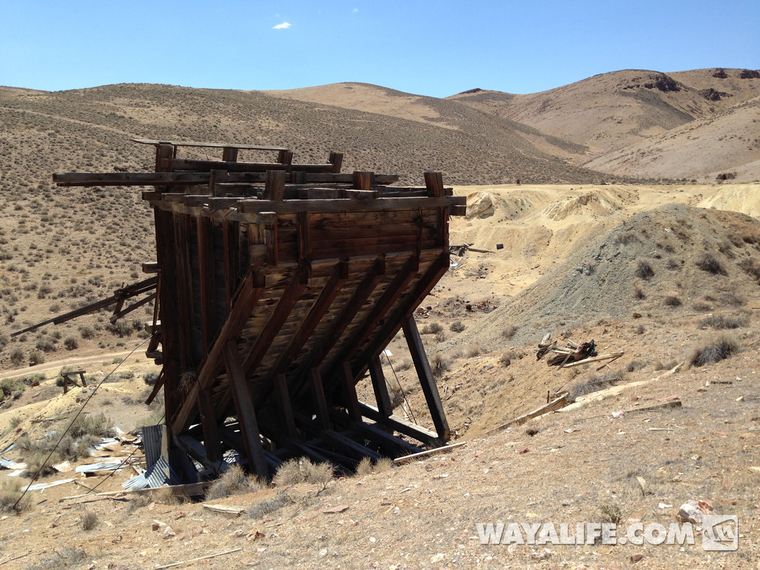
Standing on an old foundation looking east toward town...
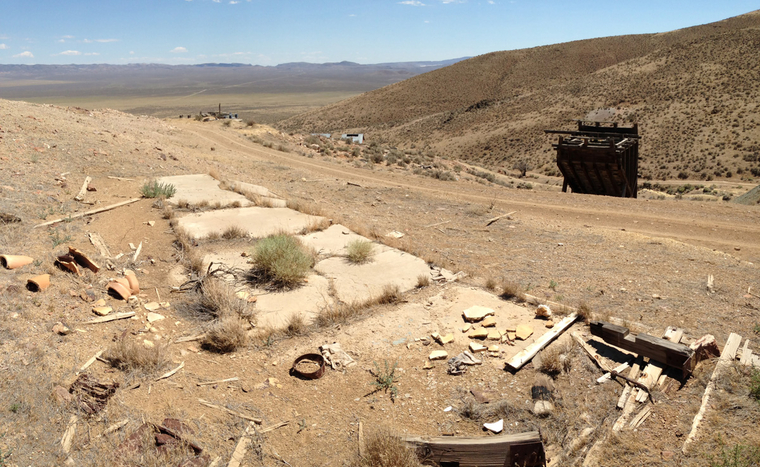
An old subterranean storage shed along the road to the diggings...

Some old polyester cloths still hanging...
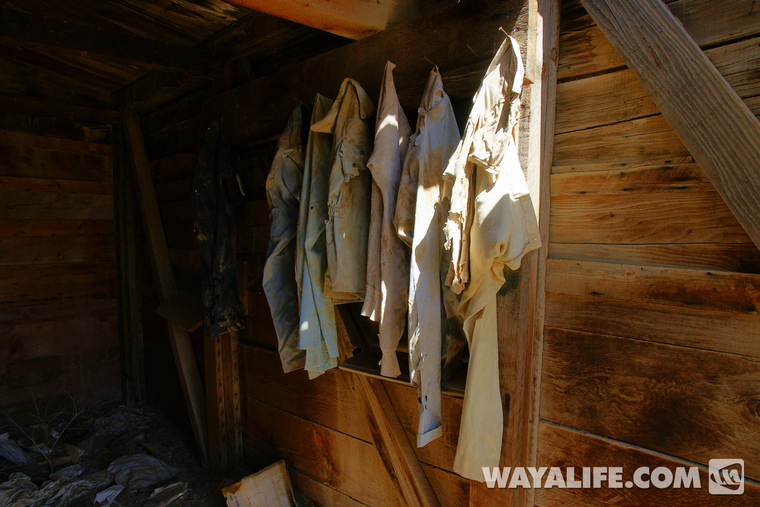
And some totally hip white dress shoes...
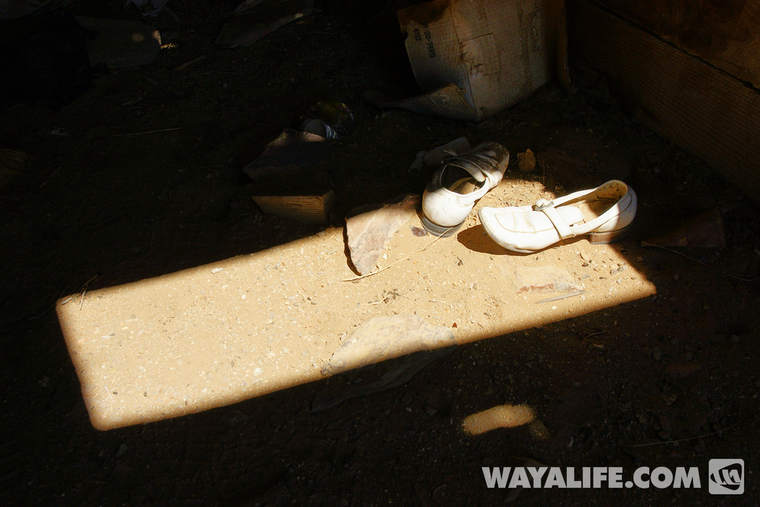
Foundation of another mill...
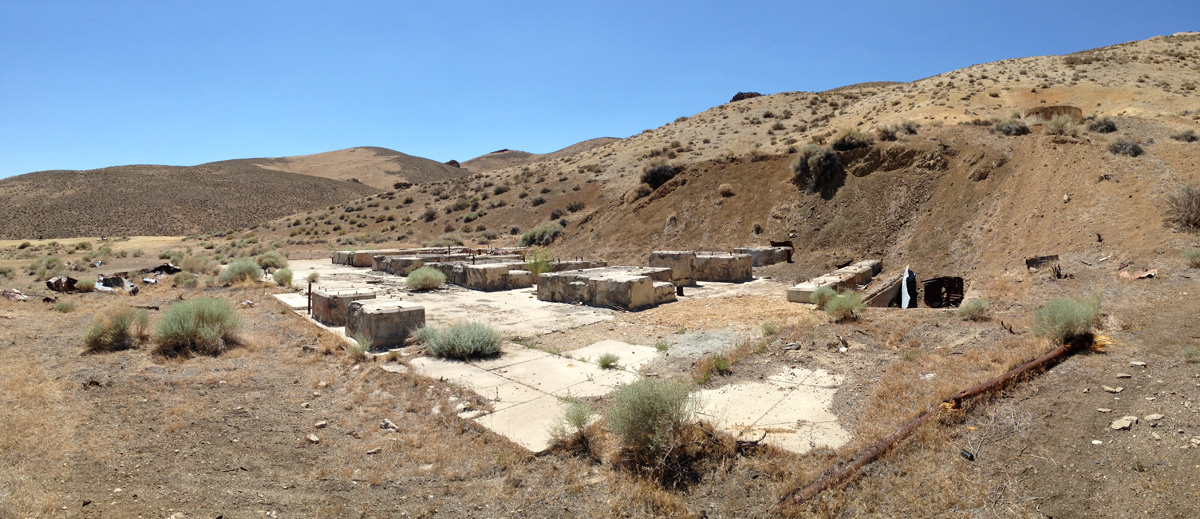
Initials scribed into the concrete dating Sept 1st 1927...
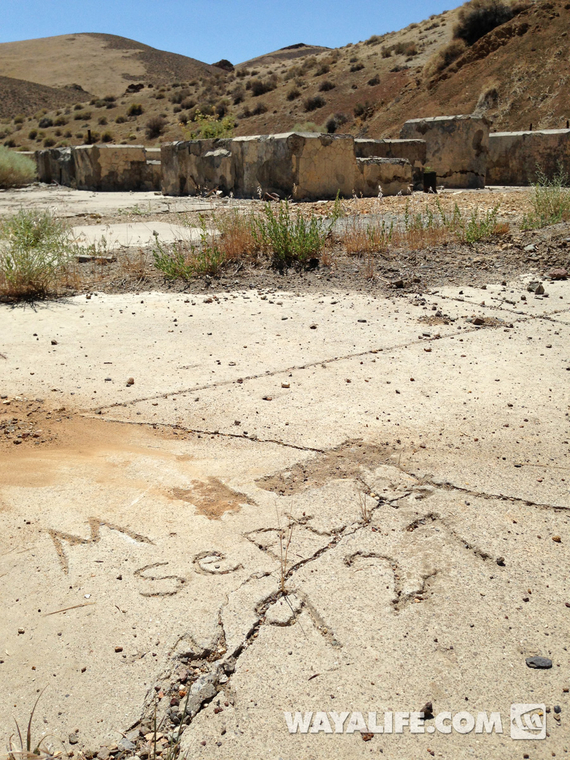
A lone plant blooming through the concrete providing nourishment for a strikingly orange and iridescent blue insect...
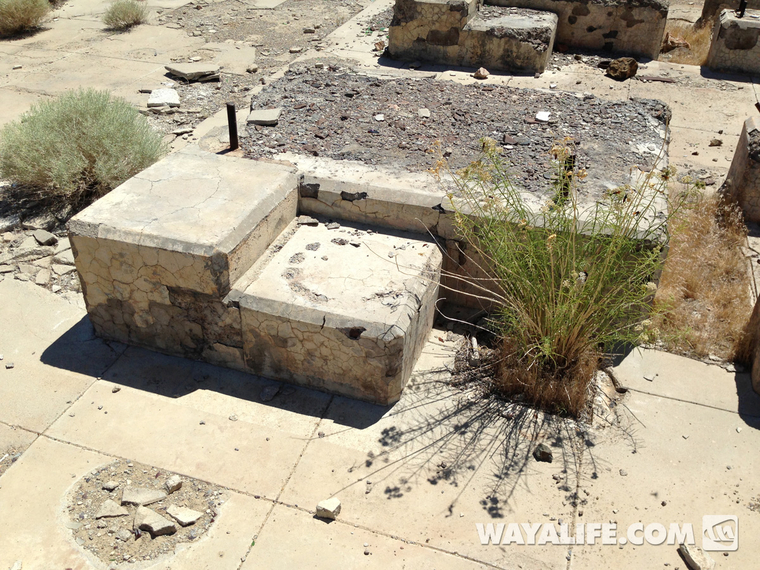
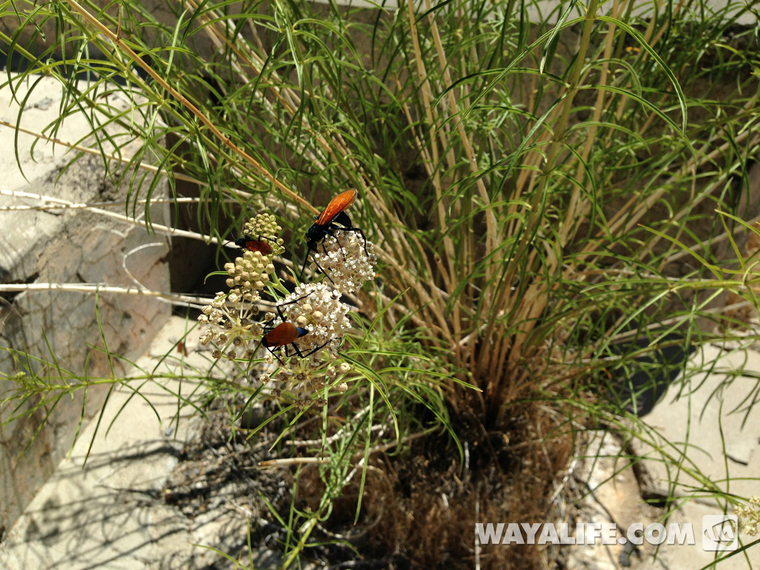
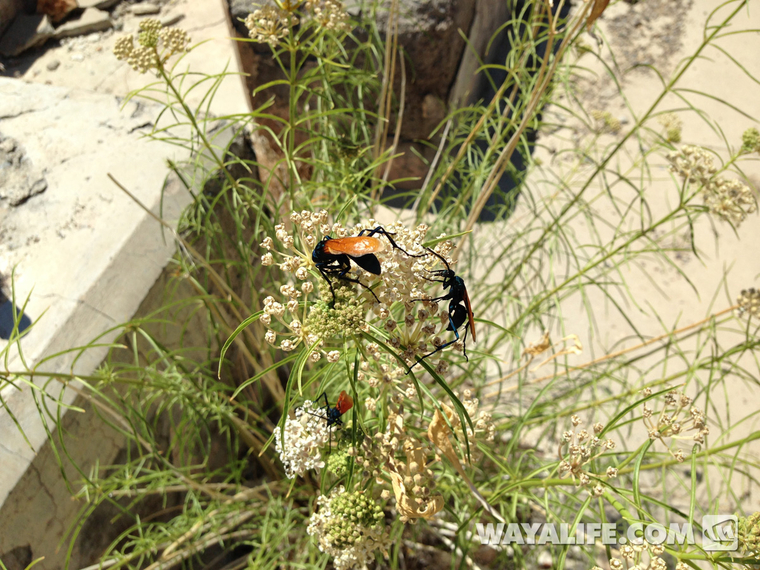
Looking up the hill at the remnants of old water towers...
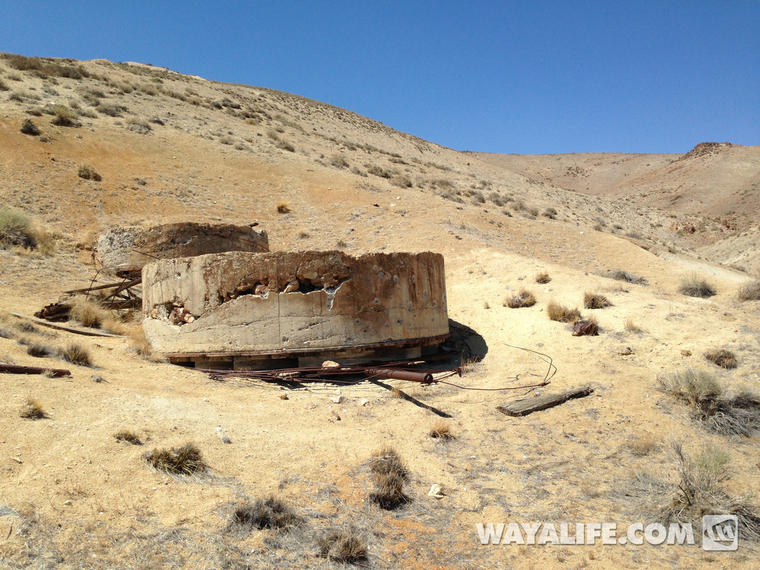
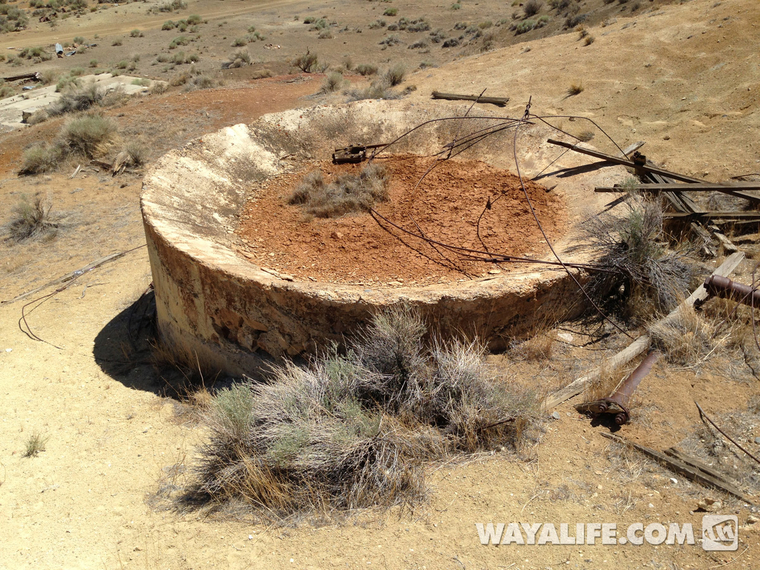
View looking east across the mill site and out toward town...
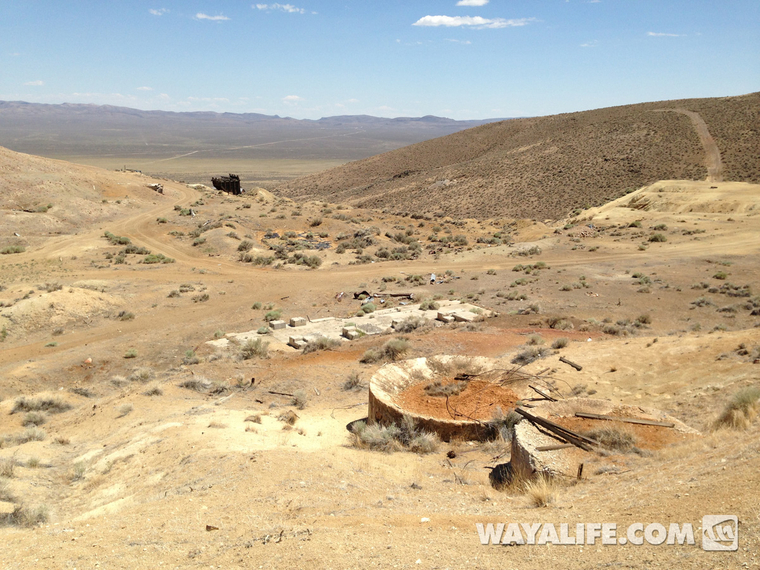
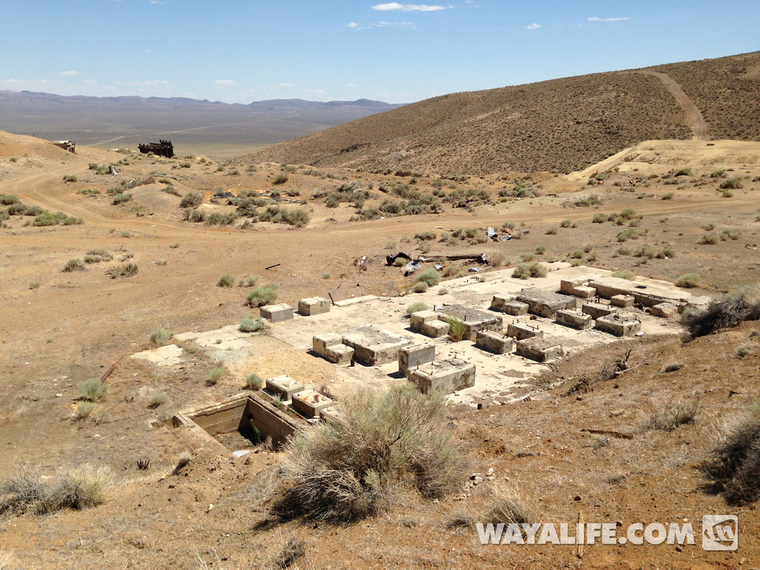
Another nearby subterranean rock shelter...
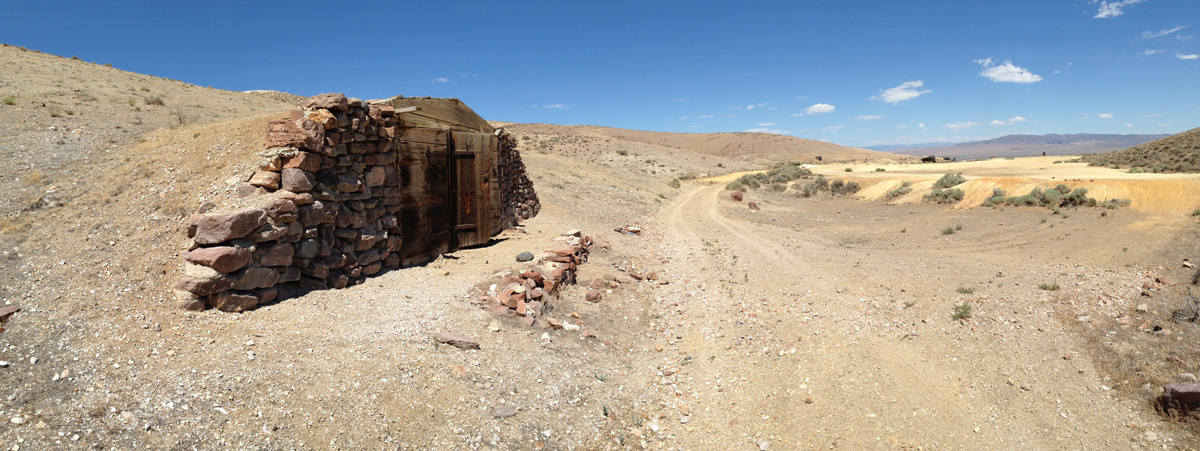
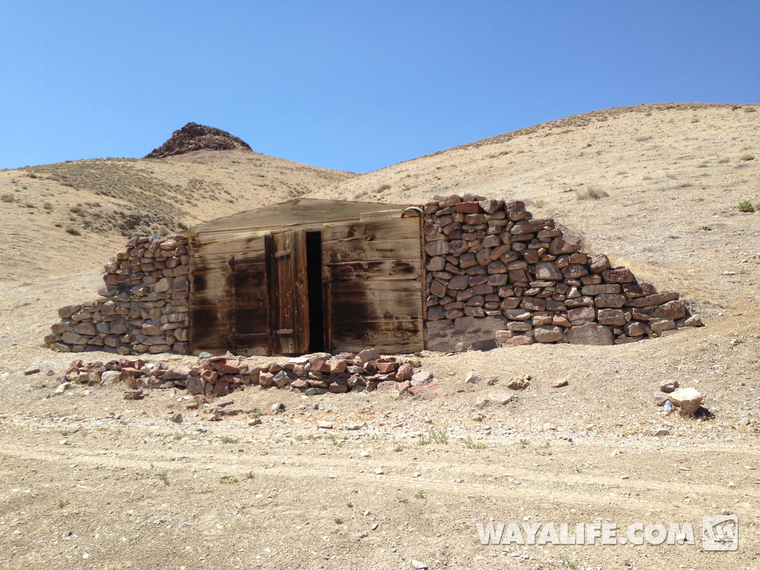
4 bunk accommodations...
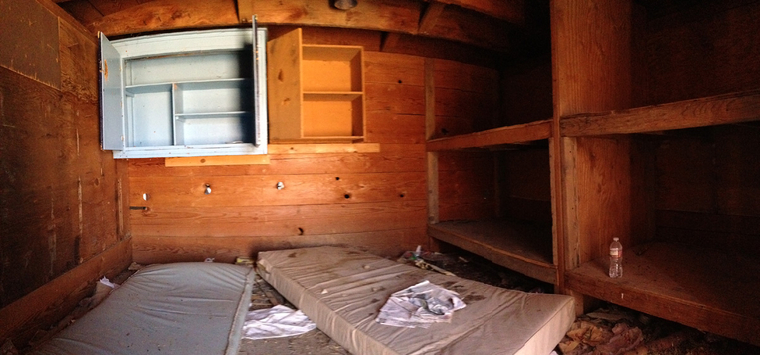
Standing on the edge of the tailings looking back at town...
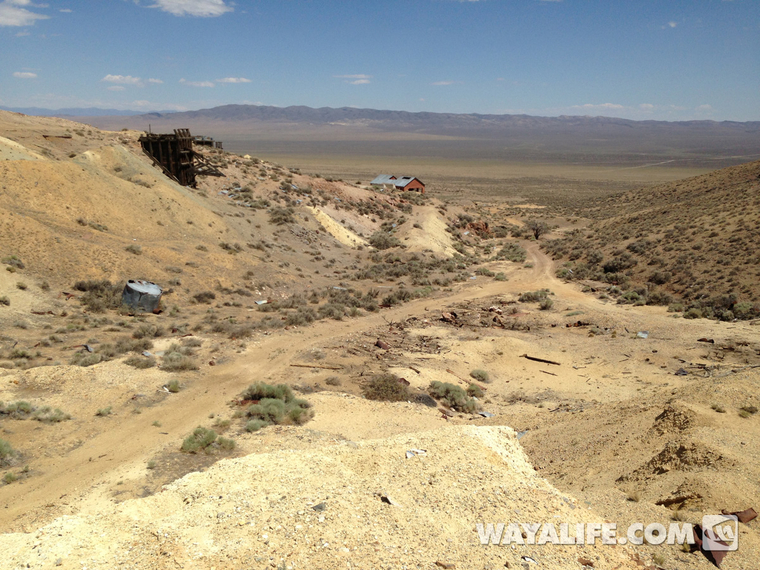
More pics below...
Back in the middle of July, Cindy and I decided to make a trip to explore what is left of this remote and relatively well preserved mining district. From there, we headed north to a major cross road in the Emigrant Trail known as Rabbithole Springs before making our way east back to civilization. I hope you enjoy.
Leaving South Lake Tahoe, we made our first stop over at the east end of Carson City where we found this really BIG "bug"...
Pulling off the interstate to hook up on the California Emigrant Trail...
Made a stop to check out a historical marker and was disappointed to see it had been vandalized and removed...
Heading further north and away from civilization...
Some curious locals came out to check us out from afar...
Making a stop at a local watering hole...
Straight out of the ground, nice and cold...
Heading up into the Seven Troughs Range...
The first stop we made was over at the old town site of Vernon. Established in 1905 and used to serve as a base for mines in the mining district, this was once a busy spot with hundreds of people living here. Today, all that remains are the remnants of the walls that once made up the 2-cell jail that once stood here. Sadly, vandals blew up the rest of it some years ago...
Up in the hills, we decided to explore some of the old mines in the immediate area...
Further north, we made our way up to the old town of Tunnel...
While there used to be more here and in better shape, we were surprised at how many buildings and structures were still standing...
One of two 5-stamp mills that is still present and amazingly intact...
Exploring the rest of the extensive mill site...
Looking up the canyon toward the tunnel dig and mine tailings...
Enormous hopper and collapsed shed...
Standing on an old foundation looking east toward town...
An old subterranean storage shed along the road to the diggings...
Some old polyester cloths still hanging...
And some totally hip white dress shoes...
Foundation of another mill...
Initials scribed into the concrete dating Sept 1st 1927...
A lone plant blooming through the concrete providing nourishment for a strikingly orange and iridescent blue insect...
Looking up the hill at the remnants of old water towers...
View looking east across the mill site and out toward town...
Another nearby subterranean rock shelter...
4 bunk accommodations...
Standing on the edge of the tailings looking back at town...
More pics below...
